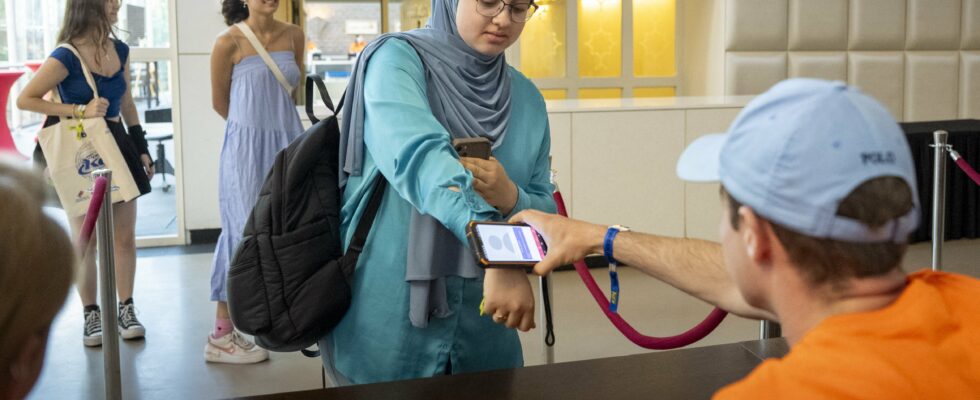Fatalism, a characteristic of our country: one in three French people considers the country’s decline to be irreversible, according to French Fractures Study of the Jean-Jaurès Foundation published in October 2023. What is surprising in a society where the President of the Republic himself, at the time François Mitterrand, claimed in July 1993 that “in the fight against unemployment, we have tried everything”? The idea that politics cannot influence reality has continued to spread, like a venom paralyzing public action. And yet, a few kilometers from home, peoples of die-hard reformers are still resisting impotence.
The effort first requires a clear, long-term diagnosis: in Italy, Sweden or Canada, it is on the brink of the abyss that governments have developed major reforms, called upon to transform their country from sick to model. Above all, it requires unwavering political will, beyond bureaucracy, lobbies and those who think that any change in practices is impossible. At a time when the new government led by Michel Barnier is highlighting, even in the titles of its ministers, “simplification”, “partnership with the territories”, “food sovereignty” or “academic success”, as so many promises, we can only advise them to take a look at what works elsewhere.
In France, word of mouth is in full swing. “More and more families are turning their attention to universities in the Netherlands, initially attracted by the attractive prices,” explains Simon Eason, consultant for the company Study Experience. “There, the average tuition fees are around 2,500 euros per year, including in large, highly regarded public institutions that rank high in world rankings.” According to the 2023 Campus France survey, out of the 988,000 students enrolled, the country has 135,535 international students, or 14% of the total. A figure that has increased by 30% since 2018!
The success of the Dutch university system is largely explained by the fact that all courses are taught in English. “And then Brexit happened! Young Europeans who used to go to England to study are turning away and preferring the north of the European Union, including the Netherlands,” analyzes Thierry Côme, professor of management sciences at the University of Versailles Saint-Quentin-en-Yvelines and co-author, with Gilles Rouet, of University rankings (CNRS éditions). For him, the quality of teaching sometimes has nothing to envy from French behemoths like Paris-Saclay, 12th in the Shanghai ranking in 2024. “Dutch faculties stand out above all for the quality of student life and teaching methods,” says Thierry Côme. Professors often have the means to monitor their students more closely.” Particularly in the Liberal Arts Colleges, these highly sought-after multidisciplinary courses that accept small numbers of students.
An evolving tradition
The system in the Netherlands combines two types of institutions: research faculties and applied science faculties that forge close collaborations with businesses. “The quality of teaching is very closely monitored and supervised, which is reassuring,” continues Simon Eason. In addition, the units of excellence are relatively well distributed across the country. The Rotterdam School of Management is one of the most popular, as are the University of Maastricht or Leiden for those who wish to move into business or international relations. Not forgetting the University of Delft, which specializes in technology, engineering and IT. Particularly sought after, it remains difficult to integrate.
Although many other institutions do not practice selection at the entrance, this tradition is changing. “For some years now, some have been implementing what is called a procedure of “matching” to check whether the candidate is suitable or not to join them. Following a short assessment, the latter may receive an unfavourable response. But this is only an opinion, he is free to register anyway if he wishes”, explains Simon Eason. The challenge for the Dutch is to combat the failure rate in the first year (6%). The figure climbs to 17% among foreign students. A significant figure since, according to the European Commission, they represent a quarter of the student population at the time of entry into higher education.
Another source of concern for the authorities: the ever-worsening housing shortage and the risk of saturation of staff in certain higher education establishments. These are all arguments put forward by the coalition led by the far-right party that emerged victorious from the polls in November 2023 and which is considering putting a stop to the reception of international students. Their program includes a drastic reduction in courses in English. “There, resistance is being organized. My colleagues know that such a measure would be catastrophic,” confides Thierry Côme. In particular because it would lead to a flight of talent and potential workers. According to the organization Nuffic, 40% of international graduates reside in the Netherlands once they have their engineering degrees in their pocket. An economic windfall for this country which, like France, is facing a labor shortage in this strategic sector.
.
